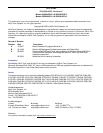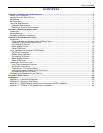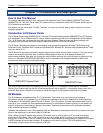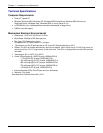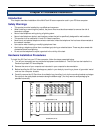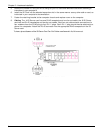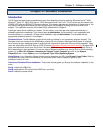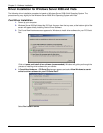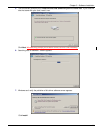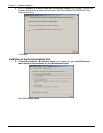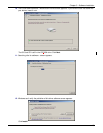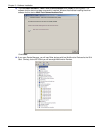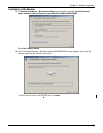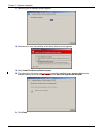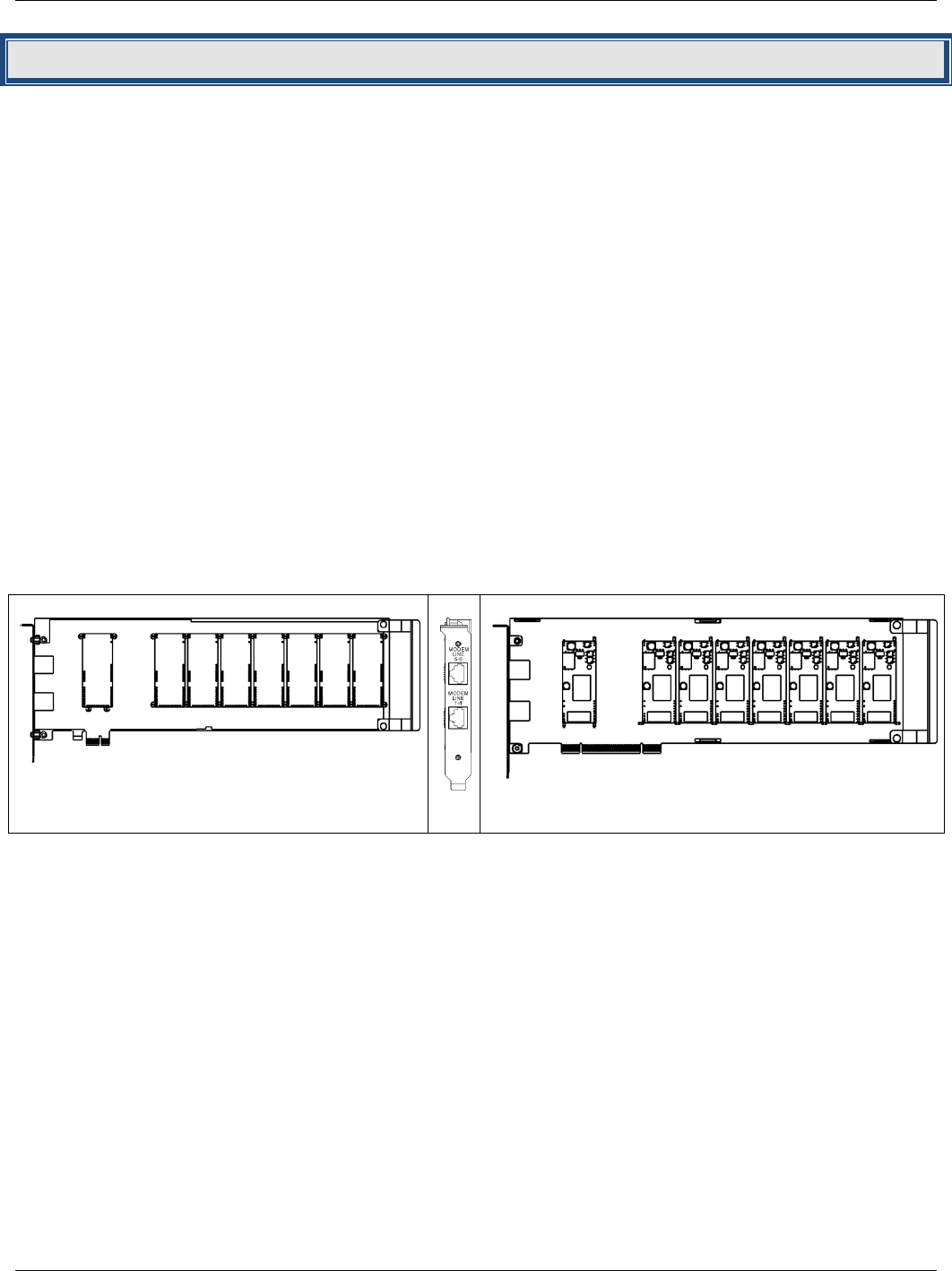
Chapter 1 – Introduction and Description
4
Chapter 1—Introduction and Description
How to Use This Manual
This manual describes the Multi-Tech Intelligent Serial Interface, Server Cards Models ISI5634UPCI-4/8 and
ISI9234PCIE-4/8. The UPCI Cards install on Universal PCI-bus architecture and the PCI Express cards install on
PCI Express-bus architecture.
We assume that you have basic PC skills. Therefore, we have not included step-by-step instructions for basic
computer operations.
Introduction to ISI Server Cards
The ISI Server Cards, model ISI5634UPCI is a Universal PCI-bus architecture and the ISI9234PCIE is a PCI Express-
bus architecture. The -4 ISI Server card is a server modem expansion card with four V.92 data/Super G3 fax modems.
The -8 ISI Server card is an expansion card with eight such modems. These excellent hardware products add
modems to communication servers and async hosts that have 32-bit PCI bus architecture.
The ISI Server Cards ship with drivers for the following multiuser operating systems: Windows
®
2000 Server and
Advanced Server, Windows 2000 Professional, Windows 2003, Windows XP, Windows Vista, Windows Server
®
2008,
and Linux kernel 2.4.x.
The ISI Server Cards can be combined to support asynchronous serial devices (local or dial-up). The ports can be
used to connect basic terminals (with or without multiple pages of memory) to multiplexer channels and
asynchronous modems. Each port can support as many screens as there are physical pages of memory on the
terminal. In Windows 2000/2003/XP/Vista/2008, a built-in autodetect utility enables detection of Multi-Tech
modems and sets the proper initialization strings.
ISI9234PCI Express Card
ISI5634UPCI Card
The -4 server card has one RJ-45 connector that fans out to four RJ-11 connectors, one for each of its modems.
Similarly, the -8 server card has two RJ-45 connectors that fan out to eight RJ-11 connectors, one for each of its
modems. Both server cards are full size add-on cards that support a high-speed interface up to 230 Kbps.
ISI Modems
The ISI modems are compatible with the ITU-T V.92 protocol. They make quick connections and operate at
downstream transmission speeds of up to 56K bps and upstream transmission speeds of up to 48K bps when
connected to V.92-compatible Internet Service Providers. The V.92 protocol can send data downstream from the
Internet to your computer at these speeds because data on the telephone network typically is converted from
digital to analog only once before it reaches your modem. Upstream transmissions and transmissions between
client modems are limited to 33.6Kbps.
Upstream transmissions to non-V.92-compatible ISPs and downstream transmissions that are converted more than
once on the telephone line are also limited to 33.6K bps.
When calling into the ISI modem with another V92 modem over an analog phone line, the maximum speed
achievable is 33.6 Kbps. V90 or V92 connections are not possible when an analog line is calling another
analog line. Similarly, when the ISI modem is involved in a call between an analog line and a digital line, the higher
V.90/V.92 speeds cannot be used. However, ISI modems can achieve the higher V.90/V.92 speeds when
dialingoutto a digital phone line that supports V.90/V.92.




